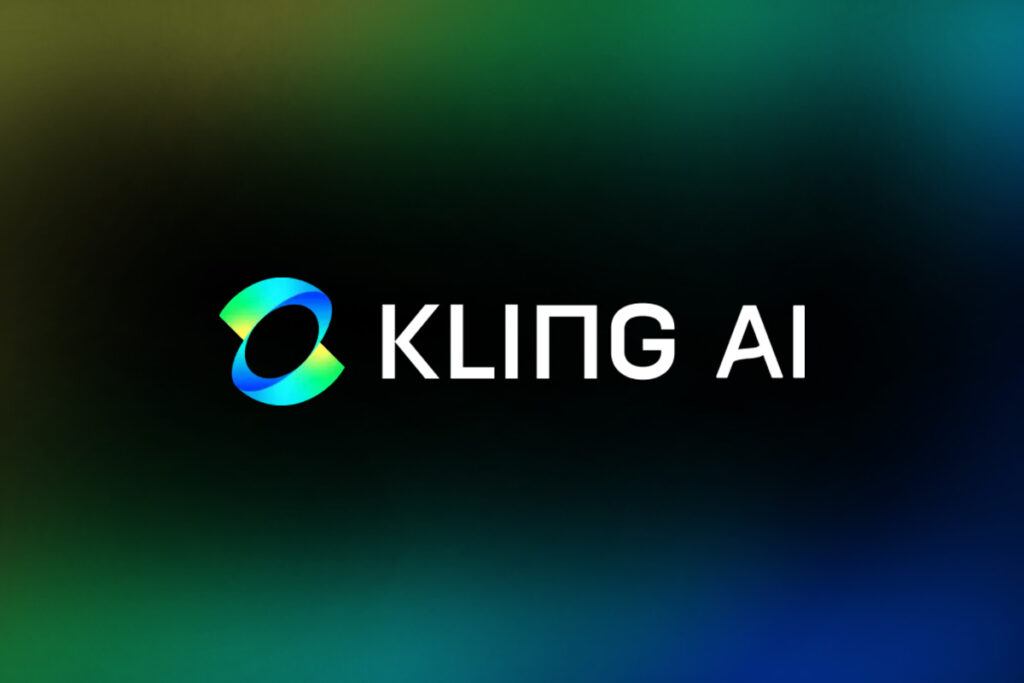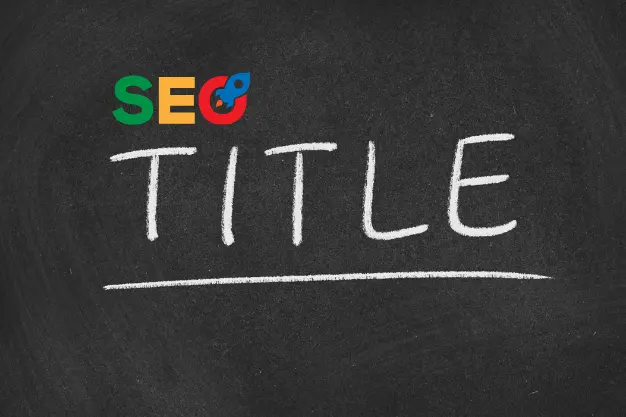Unveiling the Power of HTML Tags in SEO
In the ever-evolving digital landscape, establishing a strong online presence is vital for businesses looking to thrive. Search Engine Optimization (SEO) is the key to unlocking visibility and driving organic traffic to your website. Among the various elements that contribute to effective SEO, HTML tags play a pivotal role in enhancing your website’s discoverability. In this blog, we’ll delve into the importance of SEO and shed light on ten HTML tags that can significantly impact your website’s search rankings.
The Significance of SEO:
Search Engine Optimization is the strategic practice of optimizing your website to improve its visibility on search engines like Google, Bing, and Yahoo. It involves various techniques and best practices that, when implemented correctly, can elevate your website’s ranking in search results. Effective SEO ensures that your website is more accessible to search engines, making it easier for potential customers to find your products or services.
HTML Tags: Building Blocks of Effective SEO

HTML tags are essential components of your website’s structure, and search engines rely on them to understand and categorize your content. Let’s explore ten HTML tags that remain crucial for SEO success:
Title Tag: The title tag is a concise descriptor for your webpage and is prominently displayed in search engine results. Crafting an engaging and relevant title tag can significantly impact click-through rates.
Meta Description Tag: While not a direct ranking factor, a well-crafted meta description tag can influence user engagement. It provides a brief summary of your content, encouraging users to click through to your website.
Headings (H1 — H6): Headings structure your content, making it more readable and scannable. Search engines use headings to understand the hierarchy and relevance of your content.
HTML5 Semantic Tags: Semantic tags, like <article>, <section>, and <aside>, provide context to your content. Search engines appreciate well-organized and semantically structured information.
Alt Attribute: Alt attributes in image tags provide text descriptions for search engines. This is crucial for image SEO and ensures that your images are understood and indexed correctly.
Open Graph Tags: These tags enhance how your content appears when shared on social media platforms. They contribute indirectly to SEO by influencing click-through rates from social channels.
Robots Tag: The robot tag controls how search engines index your content. Proper utilization of this tag ensures that search engines crawl and index your pages efficiently.
Canonical Tag: The canonical tag helps prevent duplicate content issues by specifying the preferred version of a page. It aids search engines in understanding your content hierarchy.
Hreflang Tag: For websites with multilingual content, the hreflang tag indicates the language and regional targeting of specific pages. This ensures that users are directed to the most relevant version of your content.
Schema Markup: Schema markup provides additional context to search engines about specific types of content on your website. It enhances rich snippets in search results, providing users with more information.
VOILAWEX: Transforming SEO Strategies
In the realm of SEO, VOILAWEX stands out as a proficient partner dedicated to helping businesses climb the search rankings ladder. With a team of experts well-versed in the intricacies of SEO, VOILAWEX employs cutting-edge strategies, including meticulous HTML tag optimization, to ensure that your website not only ranks higher but also attracts the right audience.
In conclusion, understanding the importance of SEO and leveraging the potential of HTML tags is paramount for any business aiming to thrive in the digital landscape. By incorporating these essential HTML tags into your website’s structure and partnering with SEO experts like VOILAWEX, you can propel your online presence to new heights, reaching and engaging with your target audience more precisely and effectively.











